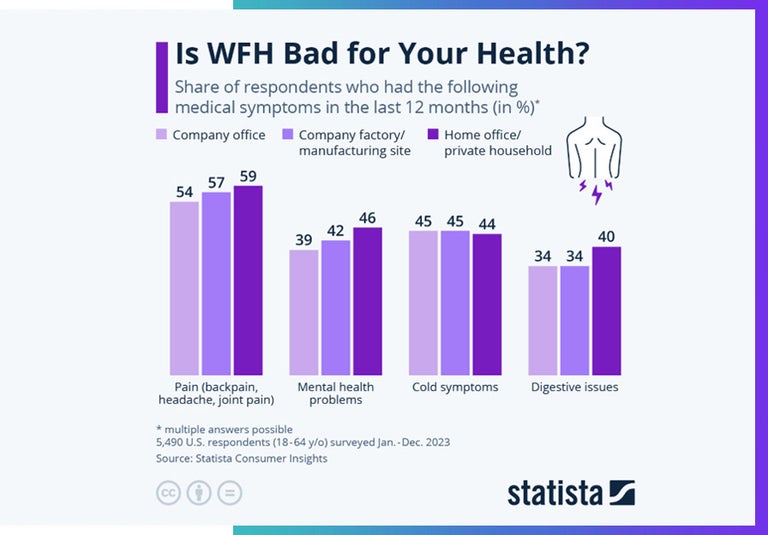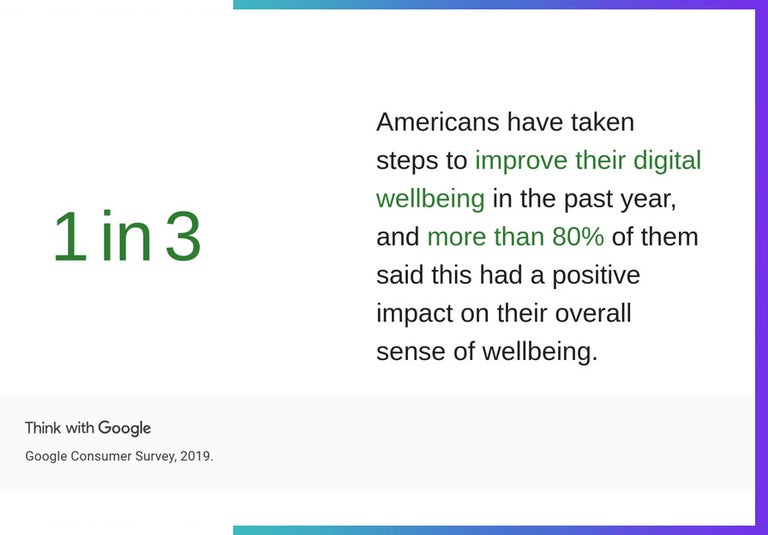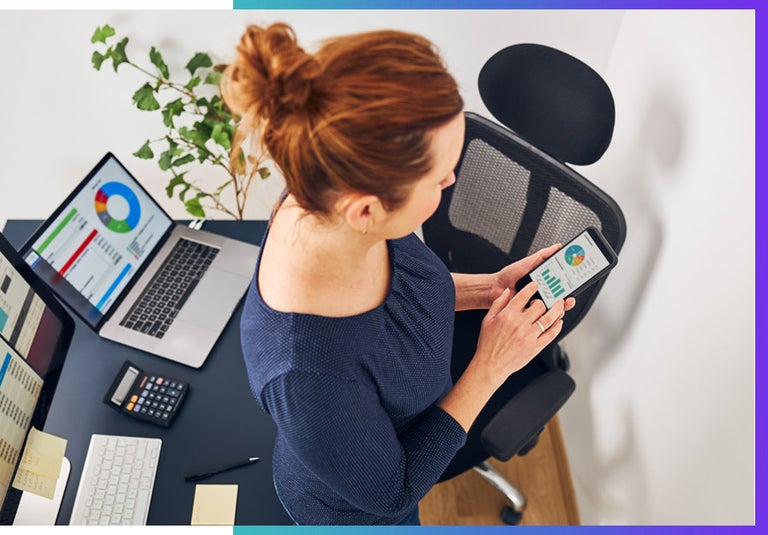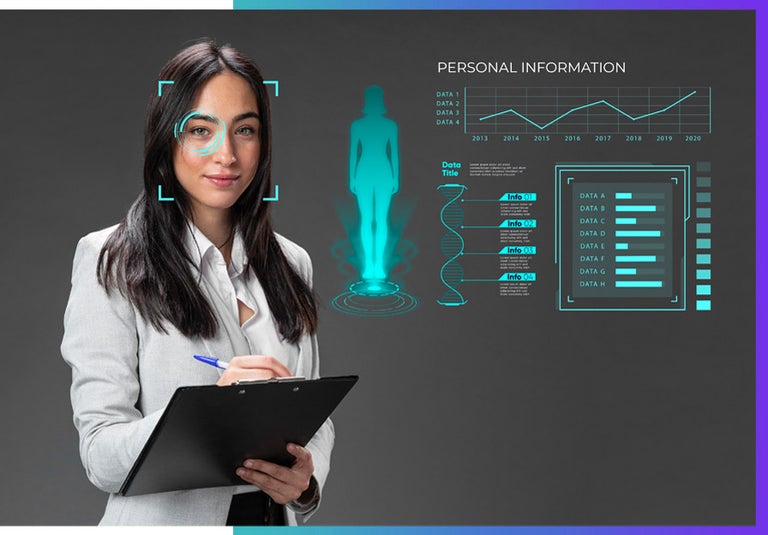Contents
- What Elite Gamers Can Teach Us About Work-Life Tilt
- 4 Warning Signs You’re in Work-Life Tilt Mode
- #1: Work-Life Integration is a SYSTEM (Not a Policy)
- #2: AI and Remote Work Prevent Ill-Health (They Don’t Cause It)
- #3: Overachievers Need AI to Set Limits (They Won’t Stop Themselves)
- AI Helps Remote Workers Win at Work-Life Integration
Feeling stuck in the daily grind? Work-life tilt is the silent remote work career killer - pushing high achievers into a downward spiral of exhaustion and poor health. And most people don’t even realize they’re in it. Here’s how AI and remote work save the day.
Exhausted again? The fix isn’t unplugging, setting boundaries, or taking random breaks. It’s designing a system that prevents work-life tilt before it starts.
And that’s where AI + remote work come in.
If you work in tech, there’s a high chance you’re already tilting - stuck in a work cycle that’s controlling you instead of the other way around.
It’s not normal. It’s not sustainable. And it needs to stop.
In this article, I’ll help you rethink work-life balance, and offer you three insights on how you can build better systems to sustain high performance - without sacrificing your health ever again.
What Elite Gamers Can Teach Us About Work-Life Tilt
Did you know there are 2.6 billion gamers in the world? And 3,399 of them compete as eSports athletes in the US.
A chosen few - like Jingjun Wu ($663K in Dota 2 earnings) and Kat Gunn ($122K in Halo winnings) compete professionally in high stakes tournaments, where mental endurance is everything.
But even elite players hit tilt mode - a state where frustration overrides strategy, leading to reckless decisions and guaranteed failure.
When these elite eSport athletes compete, things go wrong. A losing streak hits, frustration mounts and often instead of resetting – they double down.
They push themselves harder, making increasingly reckless plays and spiraling deeper into the depths of inevitable defeat.
When you’re in tilt mode, you literally can’t win.

It occurred to me last week that I’ve experienced this cycle before.
And I’m no gamer (anymore).
Work-life tilt happens when high achievers in tech push past their natural limits. They ignore fatigue, blur boundaries and completely lose control of their schedule.
Just like in competitive gaming – once you’re in tilt EVERYTHING starts falling apart:
- You lose focus
- Your performance tanks
- Motivation dries up
- …and your health goes to hell in a handbag
The problem is that remote workers try to fix work-life balance with outdated advice that makes things worse. Unplug! Set boundaries! Take more breaks!
How does any of that really help?
REAL balance isn’t about forcing yourself to step away. It’s about designing a system that prevents work-life tilt from happening in the first place.
You need to learn how to avoid work-life tilt mode.
4 Warning Signs You’re in Work-Life Tilt Mode
Technology has a hold on you. And that can be ruinous.
But it doesn’t mean remote work is innately bad for your health.
In a recent Statista survey, they found that people who work from home are slightly more likely to experience pain, mental health problems, cold symptoms and digestive issues than people who work at the office.

If anything, it’s SOME evidence that those of us who work remotely should pay greater attention to our personal health and wellness.
I’ve learnt first-hand that working remotely means overexposure to screens, and the technology behind them. Combine that with relentless drive, and it can be a recipe for cycling through periods of happiness and ill-health.
Understanding how to maintain digital wellbeing is key.
In Dr Larry Rosen’s book, iDisorder, he speaks about what happens in your brain with daily use of media and tech. His argument is that – left unmanaged – it results in numerous psychological disorders that take a severe physical toll on your health.
iDisorder manifests as sleeplessness, stress, and compulsive checking in – something many elite remote workers in tech must grapple with.
- Does your work bleed into your personal time? You’re always-on.
- Are you making loads of mistakes? Your focus is gone.
- Does rest cause MORE frustration? You’re adding to your RIA load.
- Do you actively ignore ill-health signals? You’re in denial.
Perhaps the biggest sign that you’re in tilt mode is when work that you usually love feels more like a grind, and not a game.
Something is off – and must be fixed!

Digital wellbeing is a HUGE dynamic skill to learn = and it’s massively undervalued.
Here’s how to make the shift.
#1: Work-Life Integration is a SYSTEM (Not a Policy)
AKA: Tilt Prevention / Designing the Right Work-Life Meta
You’ve been sold a lie: “Just set boundaries and you’ll achieve work-life balance.”
Total rot.
Experts speak about it like it’s some cure-all balancing act, and that when you master it – you’ll finally be fulfilled in both areas.
What a crock!
Work-life balance as a policy is an outdated and ridiculous idea, especially at the office where your time isn’t yours. Stop being sold on the notion that you can neatly divide your life into two equally fulfilling parts.
Your life is not cake. And fulfillment is NOT a measurement of time.
Real life is more complex.
Gen Z – some 27% of the workforce now – has been saying this all along. That’s why 40% of them prioritize ‘work-life balance’ when choosing their work environments.
They know it must take priority. But how?
The actual answer isn’t about balance – it’s about dynamic integration.
Work-life integration adapts to you based on a system that fits your needs, in real time. Some weeks, you may be committed to a big project goal. Other weeks, you take it easier and work on the smaller things. Sometimes there’s rush, other times – space.
It’s never been about strict boundaries, it’s about adaptability and fluidity. The kind we have total access to as remote workers using AI.
To return to our gaming analogy – pro gamers don’t win by luck, they master the meta. In other words, they use the most effective tactics at their disposal.

The same applies to work-life integration.
It’s not about randomly taking time off or hoping burnout doesn’t happen. It’s about intentionally designing a personal system that works.
- AI helps you optimize your remote work habits: Use AI tools to help you track your energy levels and workflow, so that you can adjust your schedule dynamically. WorkSmart (our AI monitoring tool) is heading in this direction.
- AI personalizes productivity: Using AI analytics, you can identify peak performance hours, when to schedule deep work, and when to log off.
- AI cuts out unnecessary work: AI Automation takes care of repetitive tasks, so you’re spending more time on what matters most.
Just like a pro gamer adjusts their playstyle to win competitions, remote workers should adjust their workflows with AI, making balance a strategically integrated system.
Tip! Work-life integration is a system you DESIGN, not a policy you follow.
#2: AI and Remote Work Prevent Ill-Health (They Don’t Cause It)
AKA: Tilt Avoidance / Using the Right Assist Features
Remote work causes iDisorders in the same way kitchens cause diabetes.

Imagine blaming an environment for what happens there! Yet every day you’ll see new research surfacing about how isolated, lonely and burnt-out remote workers are.
- We’re twice as lonely as office workers
- Forbes reports that 11% of us are more depressed
- While 22% have trouble unplugging from our jobs
It’s EASY to blame remote work for ill-health, when the truth is that BAD workplace systems are the real culprit.
Of course, if you send a young remote worker home to work alone with no viable structures, support or systems in place – they will struggle.
That’s like leaving someone who doesn’t know how to cook in that kitchen, giving them a bunch of money to feed themselves - then BLAMING them when they order UberEats every day.
Remote work isn’t the issue here, AND conversely, it’s the most efficient system – when paired with AI – for optimizing health and breaking free from the 9-5 burnout grind.
- The office is an awful system: Commuting, immovable schedules, endless meetings and performative presence don’t make you healthier. They just exhaust you long enough to distract you from yourself.
- AI improves work safety and health: Smart scheduling tools, automated AI workflows, and async work free up cognitive load, reduce stress, and prevent burnout. AI actively makes things safer and lightens our load.
- AI reduces decision fatigue: The more decisions you make, the more your mental energy drains. AI offloads decision-making by prioritizing tasks, managing schedules, and it helps with creative thinking.
Elite gamers use auto-aim, cooldown timers, and HUD overlays to improve efficiency. And remote workers should use personalized AI tools to keep them in the game longer – so that tilt mode never happens.
Tip! Remote work + AI aren’t the cause of ill health - they’re the ONLY real way to prevent it at work.
#3: Overachievers Need AI to Set Limits (They Won’t Stop Themselves)
AKA: Tilt Recovery / Knowing When to Take a Cooldown
High achievers don’t know when to stop. They don’t want to stop.
I LOVE my work. But that’s because – like many high performers – I get a powerful rush of pleasure and motivation when I achieve goals or complete work-related tasks.
Overachievers are highly sensitive to dopamine, a neurotransmitter that stimulates motivation and reward in their brains.
I’ve written about this before here.
Growing up, I was always at arcades. Games stoked my competitive nature and it was fun to level up and win. As an adult, I had to stop gaming altogether.

What I found was that I was so compelled to finish these games, I would obsess about them – and it became a deeply negative experience as everything else was crowded out.
The same neuroscience that makes me great at my job, ruined gaming for me.
To sustain elite performance in my career, I’ve had to learn to manage workaholism and embrace life away from work to be my best. But a TOOL that can help me stay on track is always welcome.
In gaming, players grind past their limit and skip cooldown periods which triggers tilt. In remote work, it’s easy to follow the same pattern, sacrificing health at the altar of work highs, happiness and getting ahead.
- You ignore exhaustion because you love what you do
- You push harder because you’re driven, not because you have to!
- You think work-life integration is when life fits around your work

This right here is why AI is so important. It can help us set smart limits on things so that we don’t tilt into disorder.
- AI reminds you when to log off: Apps like RescueTime, ClickUp, Clockwise, and Motion detect overworking patterns and step in on your behalf.
- AI monitors stress levels: Wearables and productivity AI tracks your focus, energy, sleep and cognitive load, recommending breaks at key moments.
- AI automates rest periods: Just like a game forces cooldowns on powerful abilities, AI tools enforce breaks and focus shifts to keep your work sustainable.
The best gamers don’t just grind nonstop - they pace themselves to win in the long run.
AI helps remote workers do the same, so that they stay in peak form. You don’t have to cycle through the imbalance, when you have the tools to manage it.
Tip! High performers need AI to set limits - not because they’re lazy, but because they won’t stop otherwise.
AI Helps Remote Workers Win at Work-Life Integration
The real difference between overachievers who crush it year after year and the average person (who burns out) – is one plays the long game better than the other.

Sustained top performance is a key that unlocks success.
But you MUST avoid work-life tilt to keep that momentum alive!
Work-life integration isn’t about striking a perfect balance – it’s about working smarter using the tools at your disposal.
AI + remote work are the controls in your game. USE THEM!
Combined they give you the freedom to design a work system that prevents work-life tilt before it starts. And once you’re free of that turbulence, nothing can stop you.
- Build a custom work-life strategy that fits your brain
- Use AI as your anti-tilt system to keep the momentum going
- Set proactive limits so you never tilt into burnout again
Working harder is so 2005. If you’re sick of being sick and tired, and want to make yourself smarter, happier and healthier this is how you do it. With AI and remote work on your side, you’ll never tilt into iDisorder again.
Then – you can play to WIN.








